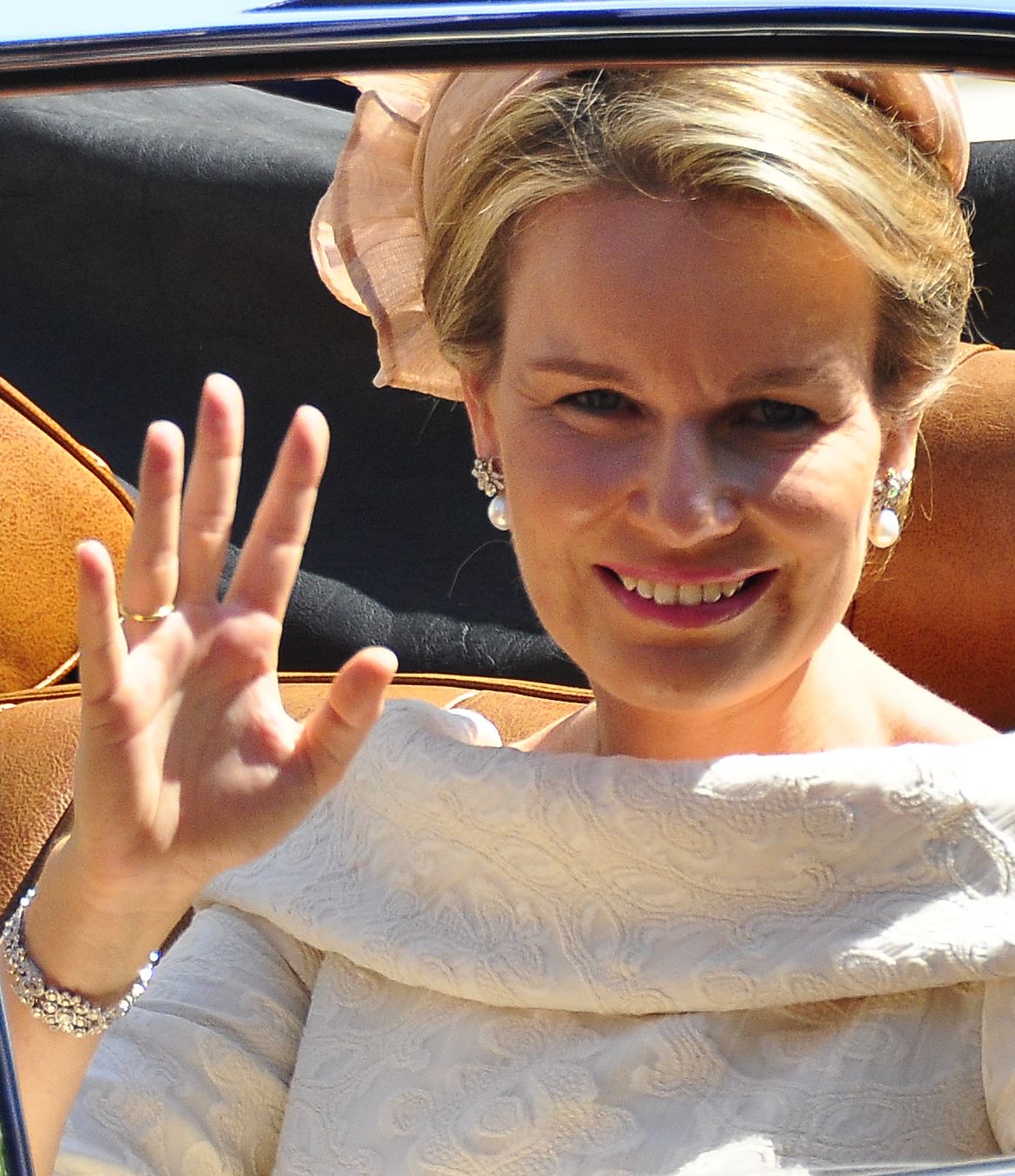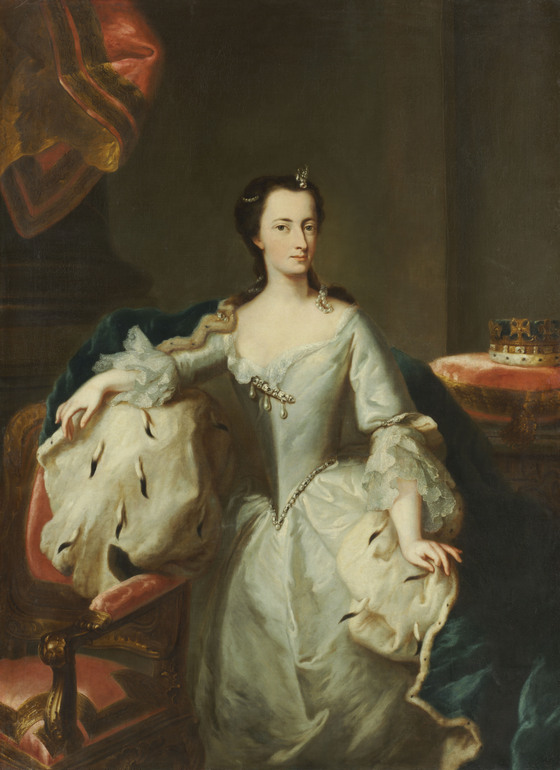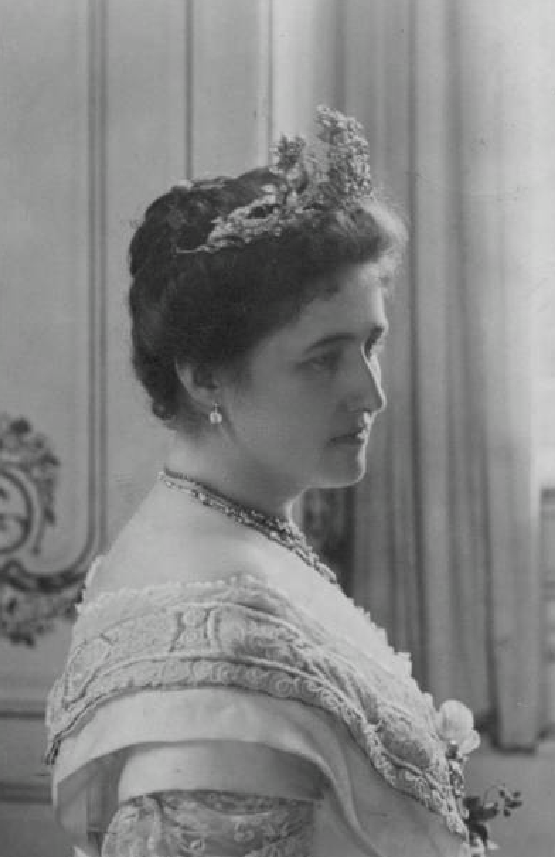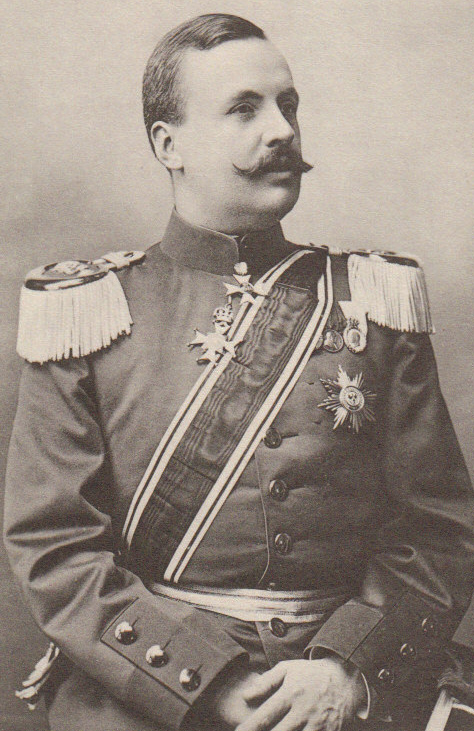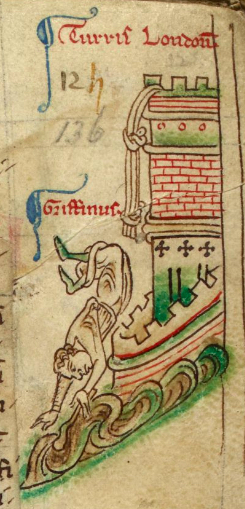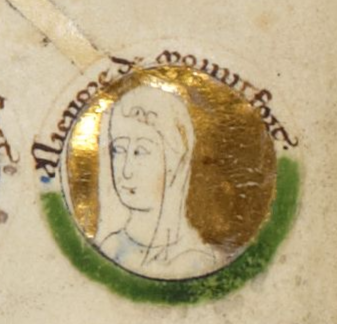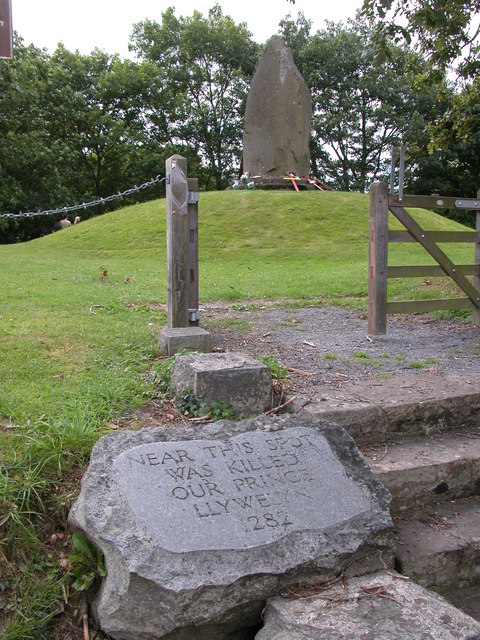© Unofficial Royalty 2024

Margaret of Connaught, Crown Princess of Sweden; Credit – Wikipedia
January 15, 1776 – Birth of Prince William Frederick, Duke of Gloucester, great-grandson of King George II, nephew and son-in-law of King George III, and husband of Princess Mary of the United Kingdom, at Palazzo Teodoli in Via del Corso, Rome, Italy
William Frederick was educated at Trinity College, Cambridge and like his father, Prince William Henry, 1st Duke of Gloucester (brother of King George III), had a career in the British Army, attaining the rank of Field Marshal in 1816. He was an advocate for the abolition of slavery, served as President of the African Institution, and was Chancellor of the University of Cambridge. In 1816, 40-year-old William Frederick married his 40-year-old first cousin Princess Mary, the daughter of King George III. Mary and William’s marriage was childless and the couple lived at Gloucester House in Piccadilly, London and Bagshot Park, now the home of Queen Elizabeth II’s youngest child Prince Edward, Earl of Wessex. William Frederick died at the age of 58 after being ill with a fever for fifteen days.
Unofficial Royalty: Prince William Frederick, Duke of Gloucester
January 15, 1781 – Death of Mariana Victoria of Spain, wife of King José I of Portugal at Barraca Real of Ajuda, Portugal; first buried at the Church of São Francisco de Paula in Lisbon, Portugal, her remains were later transferred to the Pantheon of the House of Braganza in Monastery of São Vicente de Fora in Lisbon, Portugal
The daughter of Felipe V, the first Bourbon King of Spain, and his second wife Elisabeth Farnese of Parma, Mariana Victoria married the future José, I. King of Portugal in 1729. The couple had four daughters including Maria I, Queen of Portugal. After King José suffered a series of strokes, Mariana Victoria was created Regent of Portugal in 1776, and remained Regent until José’s death. José I, King of Portugal died in 1777. Mariana Victoria had a significant influence on her daughter Maria I, Queen of Portugal, who would often ask her mother’s advice on matters of state.
Unofficial Royalty: Mariana Victoria of Spain, Queen of Portugal
January 15, 1875 – Birth of King Abdulaziz (Ibn Saud) of Saudi Arabia in Riyadh, then in the Emirate of Nejd and Hasa, now the capital of the Kingdom of Saudi Arabia
Abdulaziz was an Arab tribal leader who founded the Kingdom of Saudi Arabia. He was King of Saudi Arabia from 1932 until his death in 1953. He had ruled parts of the kingdom since 1902, having previously been Emir, Sultan, and King of Nejd, and King of Hejaz. Abdulaziz had a polygamous household comprising of several wives at a time and numerous concubines. It is thought he had a total of 22-24 wives. He was the father of almost a hundred children, including 45 sons of whom 36 survived to adulthood. The six Kings of Saudi Arabia who followed King Abdulaziz were all his sons including Salman, the current King of Saudi Arabia. At the age of 78, Abdulaziz died in his sleep from a heart attack with his son Prince Faisal, a future King of Saudi Arabia, at his bedside.
Unofficial Royalty: King Abdulaziz (Ibn Saud) of Saudi Arabia
January 15, 1882 – Birth of Princess Margaret of Connaught, Crown Princess of Sweden, daughter of Prince Arthur, Duke of Connaught, granddaughter of Queen Victoria, and first wife of the future King Gustaf VI Adolf of Sweden, at Bagshot Park in Surrey, England
Full name: Margaret Victoria Augusta Charlotte Norah
Margaret was the daughter of Queen Victoria’s son Prince Arthur, Duke of Connaught. In 1905, Margaret married the future King Gustaf VI Adolf, then Prince Gustaf Adolf of Sweden, Duke of Skåne. The couple had four sons and one daughter, and the Danish and Swedish Royal Families are the descendants of Margaret and Gustaf Adolf. Margaret was eager to learn the Swedish language and history, endearing her to the Swedish public. During World War I in neutral Sweden, Margaret organized supply drives and acted as a go-between for her relatives whose Allied and Axis countries were divided by the war. In 1907, when Gustaf Adolf’s grandfather King Oscar II died and his father then became King Gustaf V, Gustaf Adolf and Margaret became the Crown Prince and Princess of Sweden. Margaret was eight months pregnant with her sixth child in 1920 when she underwent mastoid surgery. An infection set in, killing Margaret, at the age of 38, and her unborn child on May 1, 1920, her father’s 70th birthday. Her family along with the Swedish and British public mourned her death greatly.
Unofficial Royalty: Princess Margaret of Connaught, Crown Princess of Sweden
January 15, 1902 – Birth of King Saud of Saudi Arabia at the home of his paternal grandfather Abdul Rahman bin Faisal Al Saud, Emir of Nejd in Kuwait City, Kuwait
Upon the death of his father King Abdulaziz in 1953, Saud became the second King of Saudi Arabia and reorganized the government. Saud sought to maintain friendly relations with the United States, while also supporting other Arab countries in their conflicts against Israel. Saud’s inability to deal with the Saudi national debt brought him into a power struggle with his half-brother Crown Prince Faisal. This resulted in the forced abdication of Saud by senior members of the royal family and Faisal becoming King of Saudi Arabia. Saud lived the rest of his life in exile.
Unofficial Royalty: King Saud of Saudi Arabia
January 15, 1945 – Birth of Princess Michael of Kent, wife of Prince Michael of Kent, born Baroness Marie-Christine von Reibnitz in Carlsbad, then in the German-controlled Sudetenland, now known as Karlovy Vary in the Czech Republic.
Full name: Marie-Christine Agnes Hedwig Ida
After her first marriage to English banker Thomas Troubridge ended in divorce and an annulment from the Roman Catholic Church, Marie-Christine married Prince Michael of Kent, a grandson of King George V and a first cousin of Queen Elizabeth II. Because his wife was Roman Catholic, Prince Michael forfeited his place in the line of succession under the terms of the Act of Settlement 1701. When the Succession to The Crown Act 2013 went into effect, eliminating the exclusion of anyone who marries a Roman Catholic, Prince Michael was returned to his place in the line of succession. Marie-Christine and Michael had two children who were raised in the Church of England. Neither Princess Michael nor her husband have official royal duties or receive public funds. However, they occasionally represent Queen Elizabeth II at events abroad. Princess Michael works as a writer, historian, lecturer, interior designer, and art consultant.
Unofficial Royalty: Princess Michael of Kent
January 15, 1968 – Birth of Inaki Urdangarin y Liebaert in Zumarraga, Spain, husband of Infanta Cristina of Spain
Iñaki was a professional handball player and was a member of the Spanish Olympic Handball Team in the 1992, 1996, and 2000 Olympics, winning bronze in 1996 and 2000, and serving as team captain in 2000. While participating in the 1996 Olympics, he met Infanta Cristina of Spain. They married in 1997 and had four children. In 2003, he was a founding partner of the Nóos Institute and served as President until 2006. At that time, he became a director at Telefónica International in Barcelona. In 2009, Iñaki and his family moved to Washington DC after he was appointed director and president of the Public Affairs Committee for Telefónica Latin America and the United States. In early 2011, allegations were made against Iñaki regarding the misappropriation of public funds through his Nóos Institute. He was charged with embezzlement, fraud, breach of trust, forgery, and money laundering. Infanta Cristina was also charged with tax fraud and money laundering. In 2017, Infanta Cristina was acquitted of tax fraud and money laundering, and Iñaki was found guilty of embezzling and of political corruption. He was sentenced to six years and three months in prison. In 2018, the Supreme Court in appeal reduced his sentence to a term of five years and ten months. On September 19, 2019, Urdangarín began working two days a week helping intellectually disabled adults at the Hogar Don Orione Center in the Madrid municipality of Pozuelo de Alarcón. After spending a period of time in prison, Urdangarín was upgraded to the Grade 3 regime, meaning he regained his freedom of movement and only has to report in once a week.
Unofficial Royalty: Inaki Urdangarin
January 15, 1996 – Death of King Moshoeshoe II of Lesotho in the Maloti Mountains, Lesotho; buried on Thaba Bosiu, a plateau in Lesotho, the stronghold of King Moshoeshoe I (reigned 1822 – 1870) and once the capital of Lesotho
Moshoeshoe II was Paramount Chief of Basutoland (the former name of Lesotho) from 1960 – 1965 and King of Lesotho from 1965 – 1990. The Kingdom of Lesotho is a country completely within the borders of South Africa. In December 1990, he was deposed and his elder son became king, reigning as King Letsie III. Letsie III was embarrassed at being king while his father was still alive, and tried to persuade the government to reinstate his father as king. In August 1994 he enacted a new coup d’état with the army. Having obtained power, Letsie promised to return power to the previous government on the condition that Moshoeshoe II would return to being King of Lesotho. Moshoeshoe II’s second reign was brief. In the Maloti Mountains in Lesotho, Moshoeshoe’s car plunged off a mountain road during the early hours of January 15, 1996, killing him and his chauffeur. Tens of thousands of people attended the funeral ceremony. The procession stretched for miles along the road from the king’s favorite farm in Matsieng to Thaba Bosiu, the birthplace of the Basotho nation and the burial place of its kings.
Unofficial Royalty: King Moshoeshoe II of Lesotho
January 15, 2006 – Death of Jaber III al-Ahmad al-Jaber al-Sabah, 3rd Emir of Kuwait in Kuwait City, Kuwait; buried at Sulaibikhat Cemetery in Sulaibikhat, Al Asimah, Kuwait
Jaber III Al-Ahmad Al-Jaber Al-Sabah reigned as the 13th Ruler and 3rd Emir of Kuwait from 1977 – 2006. He was Emir of Kuwait during the 1990 invasion of Kuwait by Iraq and the subsequent Persian Gulf War. Unlike many other rulers in the Middle East, Emir Jaber stood out for his modest style. He declined to put his own image on the nation’s currency and he lived in what Kuwaitis considered a relatively simple home. The Kuwaiti people often referred to him as Baba Jaber or Father Jaber. Jaber suffered from some health problems in his last years, and he traveled outside Kuwait to receive treatment a number of times, including in September 2001, when he suffered a stroke and went to the United Kingdom for treatment. On January 15, 2006, Jaber III Al-Ahmad Al-Jaber Al-Sabah, 3rd Emir of Kuwait, aged 79, died from a cerebral hemorrhage at Dasman Palace in Kuwait City, Kuwait.
Unofficial Royalty: Jaber III al-Ahmad al-Jaber al-Sabah, 3rd Emir of Kuwait
This article is the intellectual property of Unofficial Royalty and is NOT TO BE COPIED, EDITED, OR POSTED IN ANY FORM ON ANOTHER WEBSITE under any circumstances. It is permissible to use a link that directs to Unofficial Royalty.




